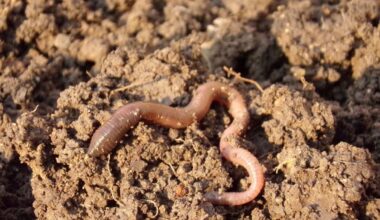Clownfish, famous for their vibrant colors and starring role in Finding Nemo, are fascinating creatures that live in the vibrant ecosystems of the coral reef. These small but mighty fish have some surprising traits that set them apart from other marine life. Here are 10 lesser-known facts about clownfish that you may not know.
1: Clownfish Are Born Male
Clownfish are protandrous hermaphrodites, meaning they are born male. In their natural environment, they live in groups where a dominant female and a breeding male are the leaders. If the female dies, the largest male will transform into a female and mate with the remaining males.
2: They Have a Mutualistic Relationship with Anemones
Clownfish are known for their symbiotic relationship with sea anemones. The fish take refuge in the anemone’s stinging tentacles, which protect them from predators. In return, clownfish help the anemone by keeping it clean and providing nutrients through their waste.
3: Clownfish Can ‘Talk’ Using Sound
Clownfish communicate with each other using a variety of sounds, including popping and chirping noises. These sounds help them warn others about predators or establish territory. They produce these noises by rubbing parts of their heads and throats together.
4: Clownfish Have Immunity to Anemone Stings
Despite living among the venomous tentacles of sea anemones, clownfish are not harmed by their stings. This is due to a special mucus coating on their skin that protects them from the anemone’s toxins.

5: They Are Very Territorial
Clownfish are highly territorial creatures. They establish a strong bond with their host anemones and will fiercely defend their space from intruders. They use a series of displays and aggressive postures to warn off other fish.
6: Clownfish Are Sequential Hermaphrodites
As mentioned earlier, clownfish can change sex depending on social hierarchy. If the dominant female dies, the largest male will become female, and the next largest male will take on the role of the breeding male. This unique trait ensures that the pair always has a breeding female.
7: Clownfish Have a Limited Home Range
Clownfish don’t travel far from their home anemone. Their home range is usually quite small, typically only a few meters in diameter. This helps them defend their territory and maintain a close relationship with their host anemone.
8: Clownfish Lay Eggs on Flat Surfaces
Clownfish lay their eggs on flat surfaces near their host anemones, usually on rocks or coral. The male guards the eggs, fanning them with his fins to ensure they receive adequate oxygen. The eggs hatch in about 6-10 days.
9: Clownfish Are Omnivores
Clownfish have a varied diet, feeding on small invertebrates, algae, zooplankton, and the food particles that float around their anemone. Their diet helps maintain the cleanliness and health of the anemones they live with.
10: Clownfish Can Live for Over 6 Years
While many believe that clownfish have a short lifespan, they can live for over 6 years in the wild. The oldest clownfish on record has lived up to 10 years in a well-maintained aquarium.
Clownfish are much more than just colorful, animated fish. Their fascinating behavior, unique biological traits, and symbiotic relationships with sea anemones make them one of the most intriguing creatures in the ocean. Next time you see one of these vibrant fish, you’ll know just how remarkable they truly are!










